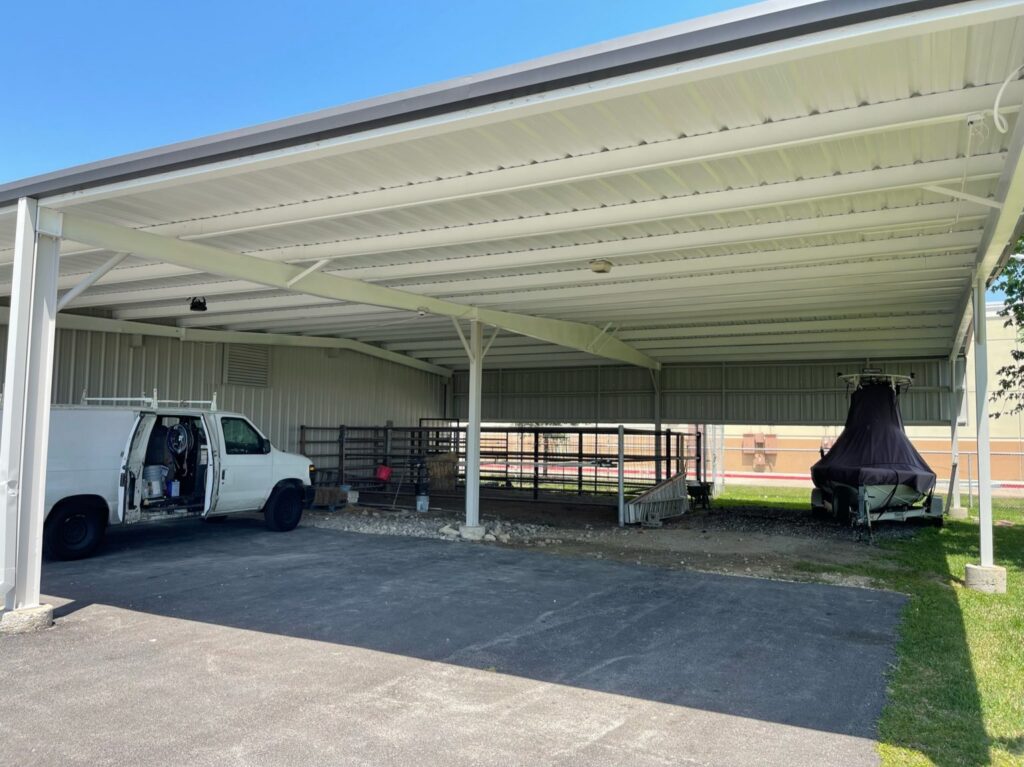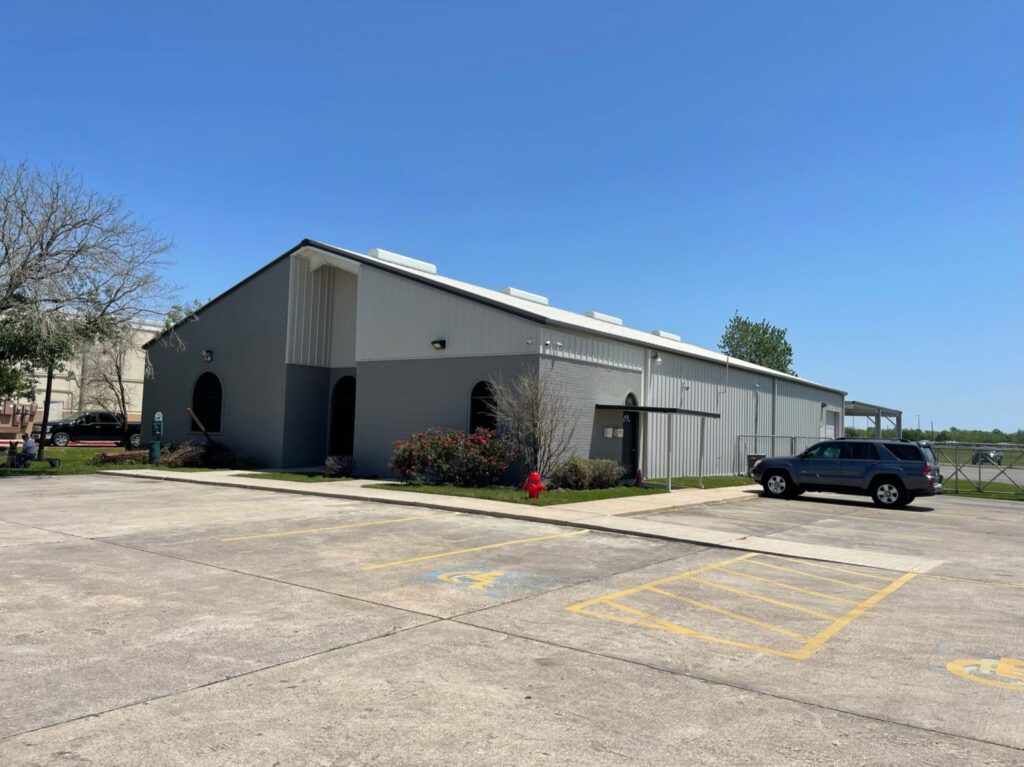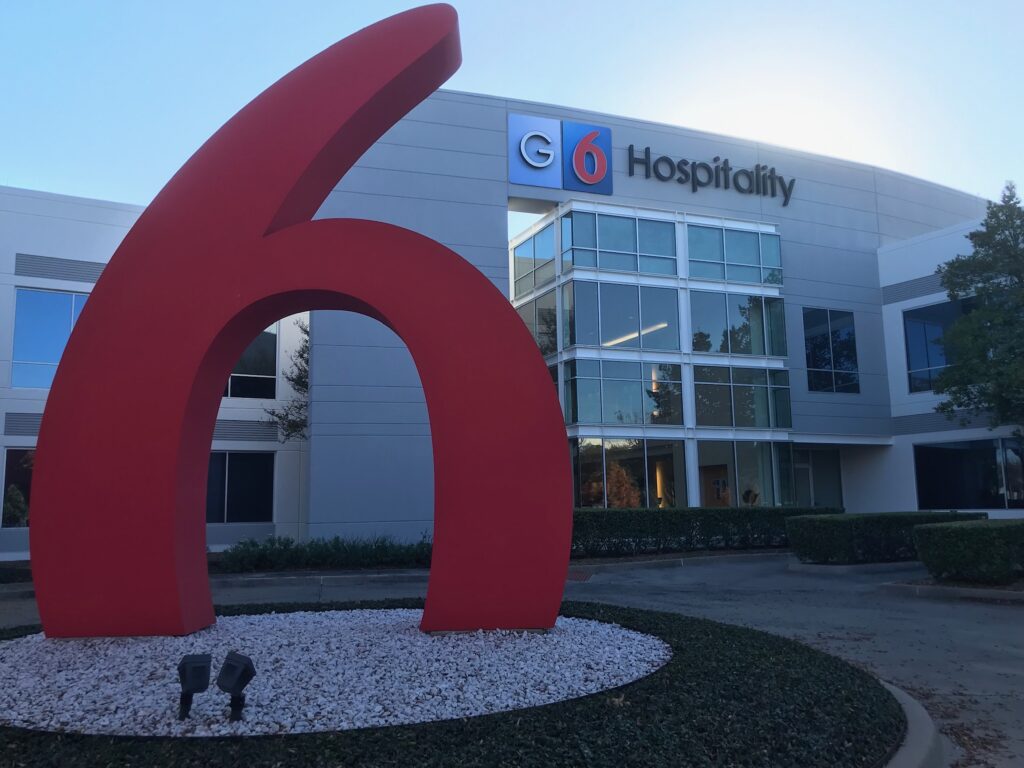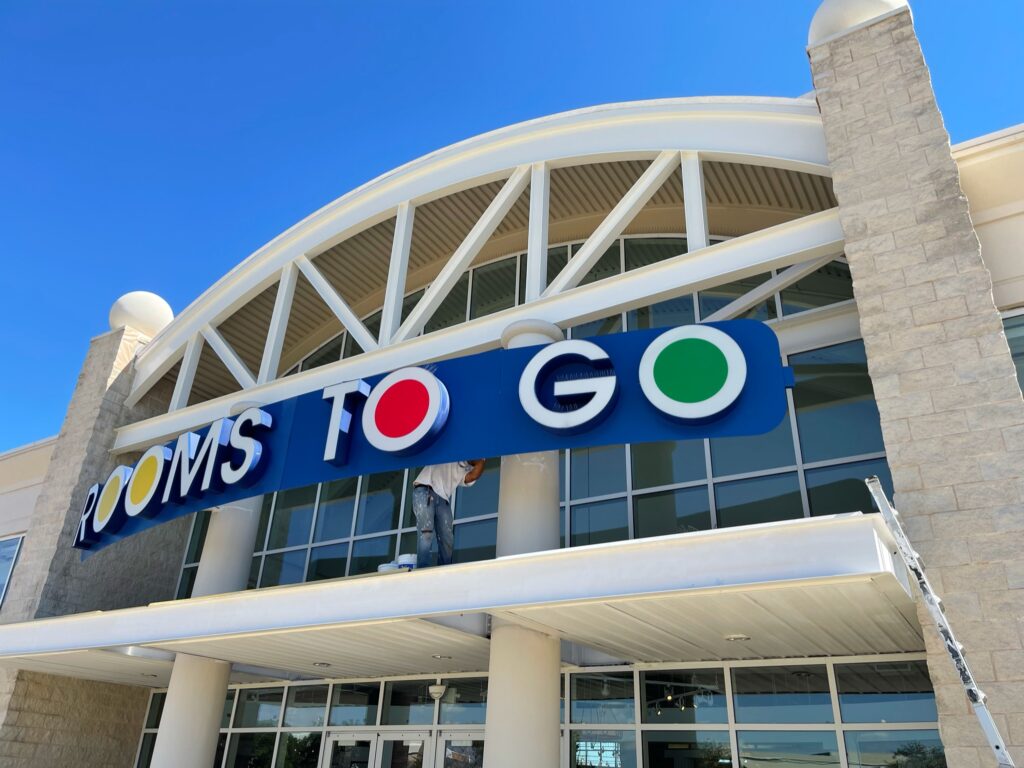Concrete buildings are known for being strong and durable, but even the toughest surfaces aren’t immune to wear and tear from natural elements. Over time, weather exposure, temperature shifts, and settling can cause concrete to crack. For property managers and business owners, these cracks affect curb appeal, but they can also lead to serious structural issues if left untreated. Professional tilt wall painting and protective coatings aid in the troubleshooting of these issues.
Why Concrete Cracks Happen
Concrete naturally expands and contracts with changes in temperature and humidity. When this movement happens repeatedly, small fissures begin to form. These hairline cracks may look harmless, but they allow water to seep into the concrete. Once moisture gets inside, it can freeze, expand, and slowly widen those cracks over time. This freeze-thaw cycle is one of the leading causes of long-term concrete deterioration, especially in tilt-wall buildings that endure year-round exposure.
In addition to weather, building movement, settling, and even UV exposure can weaken concrete surfaces. Without proper protection, these environmental stresses can lead to spalling, surface erosion, or corrosion of the steel reinforcement inside the wall panels.
The Problem with Unprotected Concrete
When cracks go unsealed, moisture can do damage to the surface while also compromising the entire structure. Water that seeps behind coatings or into seams can lead to mold, mildew, and interior leaks. For large commercial buildings, that often means higher maintenance costs, reduced energy efficiency, and premature repairs.
Regular maintenance and professional commercial painting are so important for preventing and treating these occurrences. A properly selected coating system restores a building’s appearance and serves as a barrier against water intrusion and surface damage.
How Paint Protects Tilt-Wall Concrete
Modern coating systems are engineered to do more than add color. Elastomeric coatings, in particular, are designed to flex and stretch with the building’s natural movement. When applied correctly, these coatings bridge small cracks and prevent moisture from entering the concrete.
Unlike standard paint, elastomeric coatings are thick, waterproof, and vapor-permeable, meaning they allow trapped moisture to escape without letting new water in. This makes them ideal for tilt wall painting applications where flexibility and breathability work together for long-term performance.
In regions with frequent temperature swings or heavy rainfall, elastomeric systems can add years of life to concrete surfaces while keeping exteriors looking clean and uniform.
The Long-Term Benefits
Investing in a high-quality coating system for tilt-wall construction pays off in multiple ways. It minimizes cracking, prevents costly structural repairs, and preserves your building’s professional image. Plus, modern coating technology offers UV protection, color retention, and easier maintenance, making it one of the most cost-effective forms of preventive building care.
Cracks in concrete may be inevitable, but structural damage doesn’t have to be. With professional commercial painting services and the right elastomeric coatings, you can stop water intrusion before it starts, extend the life of your tilt-up building, and maintain a strong first impression.
If your property’s exterior is showing signs of wear, schedule a tilt wall painting inspection today to ensure small cracks don’t turn into costly repairs.




